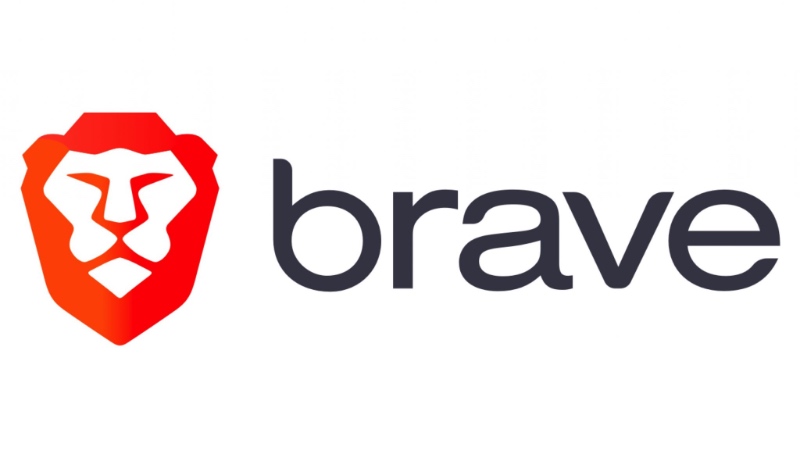Private browser company Brave has reported a sharp spike in installations on iPhones in the European Union since Apple released iOS 17.4, which includes multiple changes to allow the operating system to comply with the Digital Markets Act in the European Union.
After installing the recent iOS 17.4 update, EU users are presented with a splash screen upon opening Safari, allowing them to choose a new default browser. Some of the options include Firefox, Opera, Chrome, Brave, and Microsoft Edge.
Brave shared an image on X (Twitter) of a graph displaying the number of Brave browser installations on iOS running from mid-January to early March. Brave saw installations of around 7,500 to 10,000, before jumping to 11,000+ following the release of iOS 17.4 on March 6.
Why did Apple and Google make it hard to switch default browsers for so many years?
Because it's a powerful way to block competitors.
Just look at what happened to Brave installs on iPhone in the EU when Apple rolled out a new default browser choice screen on March 6th: pic.twitter.com/Wefz4mCHGi
— Brave Software (@brave) March 12, 2024
“Monopoly defenders argue that the monopolies simply offer better products,” wrote Brave in a subsequent post. “But as you can see, when consumers get a clear choice of iOS browsers, they’re choosing alternatives to Safari.”
“Maybe that’s why Google still hasn’t implemented a browser choice screen on Android,” added the privacy-centric browser company.
To be considered for inclusion in the list of browser options, an app needs to meet the following criteria:
- Have the Default Browser Entitlement
- Have been downloaded by at least 5,000 users across all the EU App Store storefronts on iPhone in the prior calendar year
- If a developer has multiple browser apps, only the most downloaded app will be eligible
- Be available on the App Store on iPhone in the EU
Apple selects up to 11 browsers for the browser choice screen in addition to Safari, updating the list once per calendar year.
(Via MacRumors)


